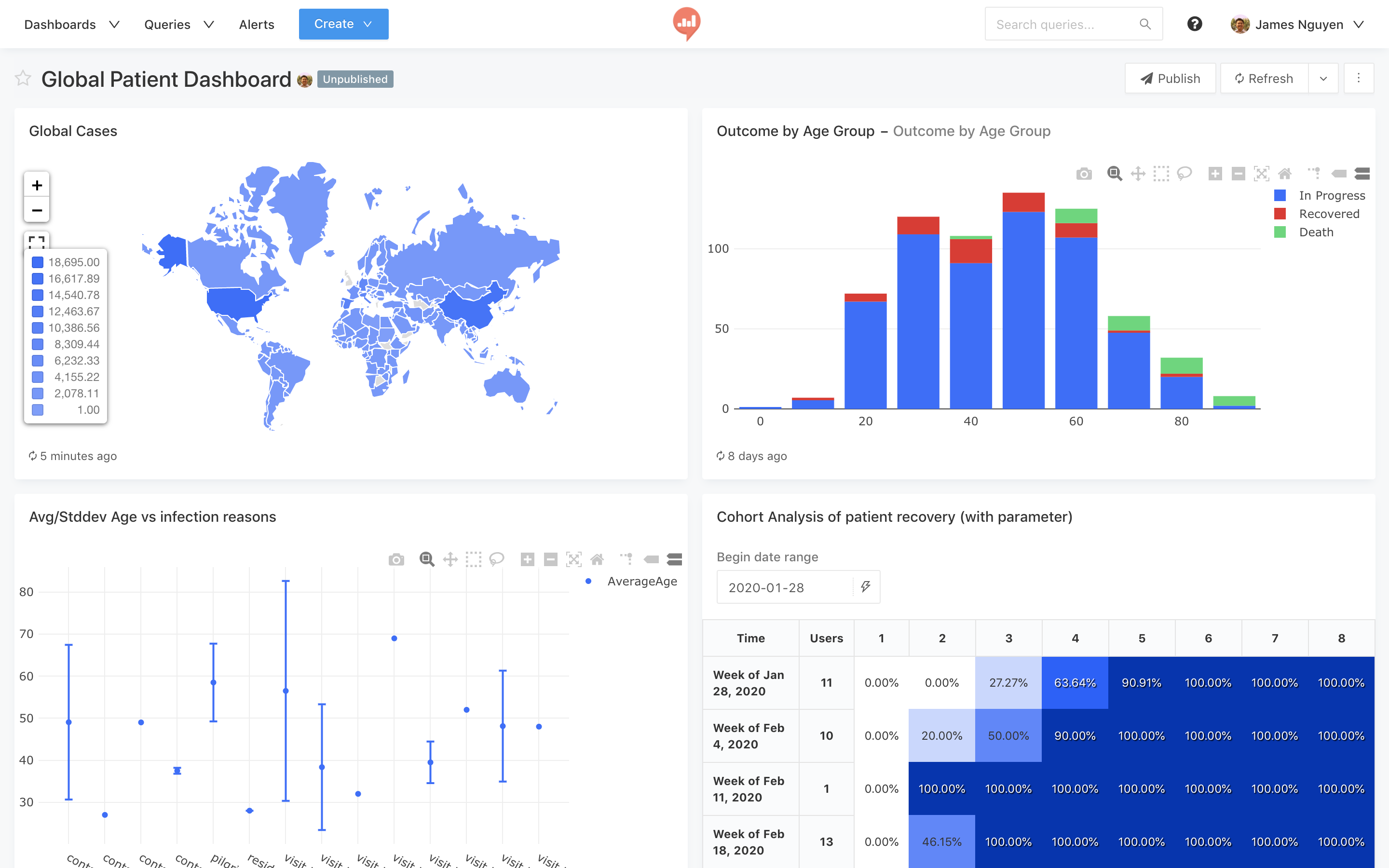The National Highway Traffic Safety Administration has opened a preliminary investigation into allegations of failing touchscreens on Tesla’s older Model S vehicles.
The federal agency launched the probe after receiving 11 complaints from Tesla owners over a 13-month period alleging failures of the touchscreen in 2013 through 2015 Model S vehicles. The problem, which stems from a problematic flash memory device, renders the touchscreen black, including the loss of the rear camera image display when reverse gear is selected.
The focus of NHTSA’s preliminary evaluation is an Nvidia Tegra 3 processor with an integrated 8GB eMMC NAND flash memory device. The flash devices have a finite lifespan that is based on the number of program and erase cycles. The central display, or media control unit, allegedly fails prematurely because the memory wears out in the eMMC NAND flash. NHTSA’s initially estimated 63,000 Model S vehicles, which use this flash memory device, are potentially affected. However, the federal agency notes that the number could be as large as 159,000 vehicles. The Tegra 3 processor was used in 2012 to 2018 Model S sedans and 2016 to 2018 Model X SUVs.
The touchscreen in Tesla vehicles, which include infotainment, navigation and web browsing, have been both hailed for its design and criticized for its glitchy tendencies, particularly around the flash memory device.
NHTSA said the eMMC memory wears out after periods of progressively degraded performance. The final failure results in loss of audible and visual features, including loss of rear camera image display when reverse gear is selected. Other effect of MCU failure include climate control defaulting to Auto mode and limits on battery charging current and maximum state of charger when recharging. The failure doesn’t affect vehicle control systems such as braking, speed control or steering.


